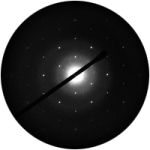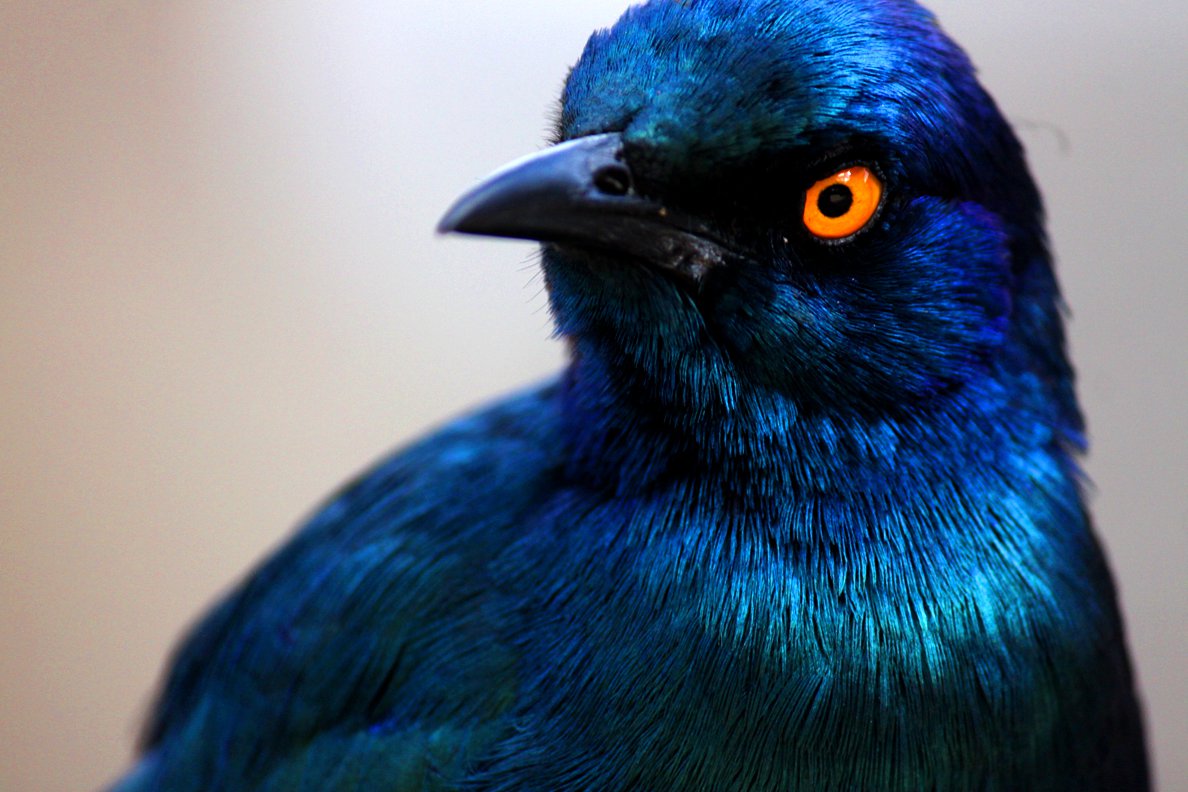One of my favorite parts of MSE 104 is the dedication of the professor. Ronald Gronsky not only expects the most of his students, but teaches them how to pave their own way to find knowledge they will use. Both classes I have taken with Professor Gronsky have included lab reports, and they’ve always demanded a level of excellence that… Read more →
Category: SCIENCE
Stem Cell DeCal Readers
For the past two years I’ve been involved with the Berkeley DeCal system, where students teach other students about things they are interested in. The DeCal I teach is the Stem Cell DeCal, a two unit class that explores the controversial topic of stem cells. One of my primary duties other than teaching sections is to make the readers for… Read more →
UCB Maker Space (Sponsored By Texas Instruments)
Honored to be part of the UC Berkeley Maker Space Promotional Video. Hopefully more media to come. My part is at 6:55! http://supernode.berkeley.edu/ Read more →
And There’s More…
This image (Click on it to See the Full Image) is my own personal amino acid hydrophobicity scale indicating the side chains as well as electron donors and acceptors. I made this for a class, but I still refer to it for very similar amino acids. Unfortunately, the compilation of my scientific endeavors in other posts is incomplete, but… Read more →

Graphene Film Grids for CryoElectron Microscopy
This is a TEM diffraction pattern of graphene on nucleopore film (homemade). My work with graphene involves depositing carbon onto a copper substrate, and then etching the copper off after adhering the graphene film to an etch-resistant grid. Beautiful, symmetric images like this are why I chose materials science in the first place. The hope is that these grids with… Read more →

Analysis of Cricket Sperm Axonemes for Fixation Characterization
This particular image is a cricket sperm axoneme- fixed with glutaraldehyde, stained with osmium, and embedded in resin. This project was an optimization of the fixation process and the characterization of tannic acid as a fixative. Ultimately, the goal was to obtain high resolution images of microtubule filament sections to count the number of protofilaments for different insect species. This… Read more →

You must be logged in to post a comment.